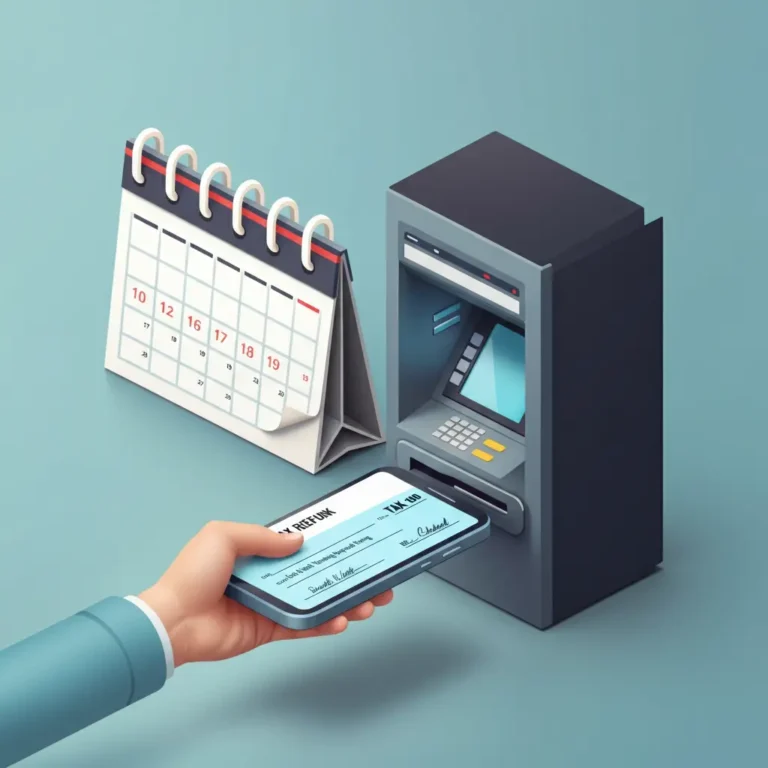How Long Does It Take to Get ERC Payment
Table of Contents
Introduction to the Employee Retention Credit (ERC)
The Employee Retention Credit (ERC) was introduced during the COVID-19 pandemic to support businesses in retaining employees. This refundable tax credit has been a lifeline for many, but receiving the payment can be lengthy and complex.
What is the ERC Payment Process?
The ERC payment process involves filing an amended payroll tax return (Form 941-X) with the IRS. Once submitted, the IRS reviews the claim, verifies eligibility, and processes the refund. Payments are typically issued via check or direct deposit.
Factors Affecting ERC Payment Timelines
Several factors influence how long it takes to receive an ERC payment:
- Volume of Claims: The IRS has a significant backlog of claims.
- Claim Size: Larger claims may undergo additional scrutiny.
- Fraud Prevention Measures: The IRS actively reviews claims to prevent fraudulent submissions.
- Manual Processing: The Form 941-X cannot be filed electronically, adding to delays.
Typical Timeframes for ERC Refunds
While initial estimates suggested a 6-8 week processing time, current delays mean businesses may wait anywhere from 4 to 12 months or longer. Smaller claims are often processed faster than larger ones.
Why Are ERC Payments Delayed?
The primary reasons for delays include:
- A backlog of over 1 million claims.
- Increased scrutiny due to fraudulent claims.
- Limited IRS staffing and resources.
- Manual processing requirements for Form 941-X.
Steps to Track Your ERC Refund
To track your ERC refund:
- Confirm that your Form 941-X was delivered to the IRS.
- Call the IRS Business Helpline at (800) 829-4933 with your EIN and tax return details.
- Request a transcript of your account to check the status of your claim.
How to Expedite Your ERC Payment
If your payment is delayed, consider these options:
- Contact the Taxpayer Advocate Service (TAS): This independent IRS agency assists with unresolved issues.
- File a Refund Lawsuit: Businesses can sue the IRS if more than six months have passed since filing.
- Engage a Tax Professional: A trusted advisor can help navigate the process and ensure your claim is accurate.
Common Challenges in Receiving ERC Refunds
Businesses often face challenges such as:
- Difficulty reaching IRS representatives.
- Lack of updates on claim status.
- Errors in submitted forms lead to further delays.
Tips to Avoid Further Delays
- Double-check your Form 941-X for accuracy before submission.
- Use certified mail to ensure your form reaches the IRS.
- Avoid third-party promoters who may submit incorrect claims on your behalf.
Frequently Asked Questions (FAQs)
Can I still claim the ERC for 2020 and 2021?
Yes, claims for 2020 wages can be filed until April 15, 2024, and for 2021 wages until April 15, 2025.
How will I receive my ERC payment?
Payments are issued via check or direct deposit, depending on your preference.
What should I do if my claim is denied?
You can appeal the decision or file a lawsuit if you believe your claim was valid.
Can I expedite my refund?
Yes, you may be able to speed up the process by contacting the TAS or filing a refund lawsuit.



